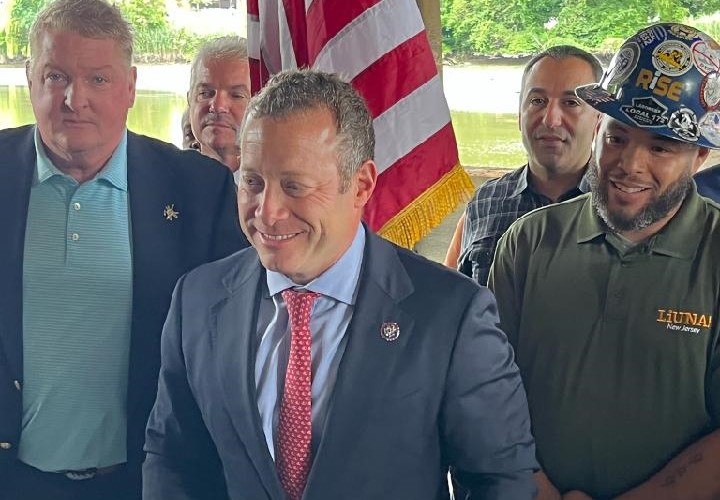In times of crisis and emergencies, it is often the responsibility of governments and organizations to step in and provide rescue efforts. Whether it’s natural disasters, accidents, or humanitarian crises, the need for immediate assistance is undeniable. However, the question of who bears the cost of these rescue efforts without labels is a complex one that requires careful consideration.
Rescue efforts can be costly, involving resources such as manpower, equipment, and supplies. These expenses can quickly add up, especially in large-scale operations. In many cases, it is the government that takes on the financial burden of these rescue missions. Taxpayer money is often allocated towards emergency response budgets to ensure that there are sufficient funds available when disaster strikes.
However, it is important to note that governments are not the sole bearers of these costs. International organizations, non-governmental organizations (NGOs), and even private individuals often contribute their resources and finances to support rescue efforts. These entities recognize the importance of providing aid and assistance to those in need and willingly shoulder some of the financial burden.
Furthermore, the cost of rescue efforts is not limited to monetary expenses alone. There are also social and emotional costs associated with these operations. Rescuers often put their own lives at risk to save others, facing physical dangers and psychological trauma in the process. These costs cannot be measured in dollars but are equally significant.
In some cases, the burden of rescue efforts may fall on the affected communities themselves. When disasters strike in developing countries or regions with limited resources, local communities may have to rely on their own resilience and ingenuity to survive and recover. This can place a heavy burden on already vulnerable populations, forcing them to bear the cost of their own rescue efforts without external assistance.
It is crucial to recognize that the burden of rescue efforts should not be borne by any single entity alone. It requires a collective effort from governments, organizations, and individuals to ensure that those in need receive the necessary support. Collaboration and coordination between different stakeholders are essential to effectively address the financial, social, and emotional costs associated with rescue operations.
Additionally, it is important to establish mechanisms for accountability and transparency in the allocation of resources for rescue efforts. This ensures that funds are used efficiently and effectively, minimizing the burden on taxpayers and maximizing the impact of the assistance provided.
In conclusion, the cost of rescue efforts without labels is a shared responsibility that involves governments, organizations, and individuals. While governments often bear the financial burden, other entities also contribute their resources to support these operations. The social and emotional costs should not be overlooked either, as rescuers and affected communities also bear significant burdens. By working together and promoting accountability, we can ensure that rescue efforts are adequately supported and those in need receive the assistance they require.




